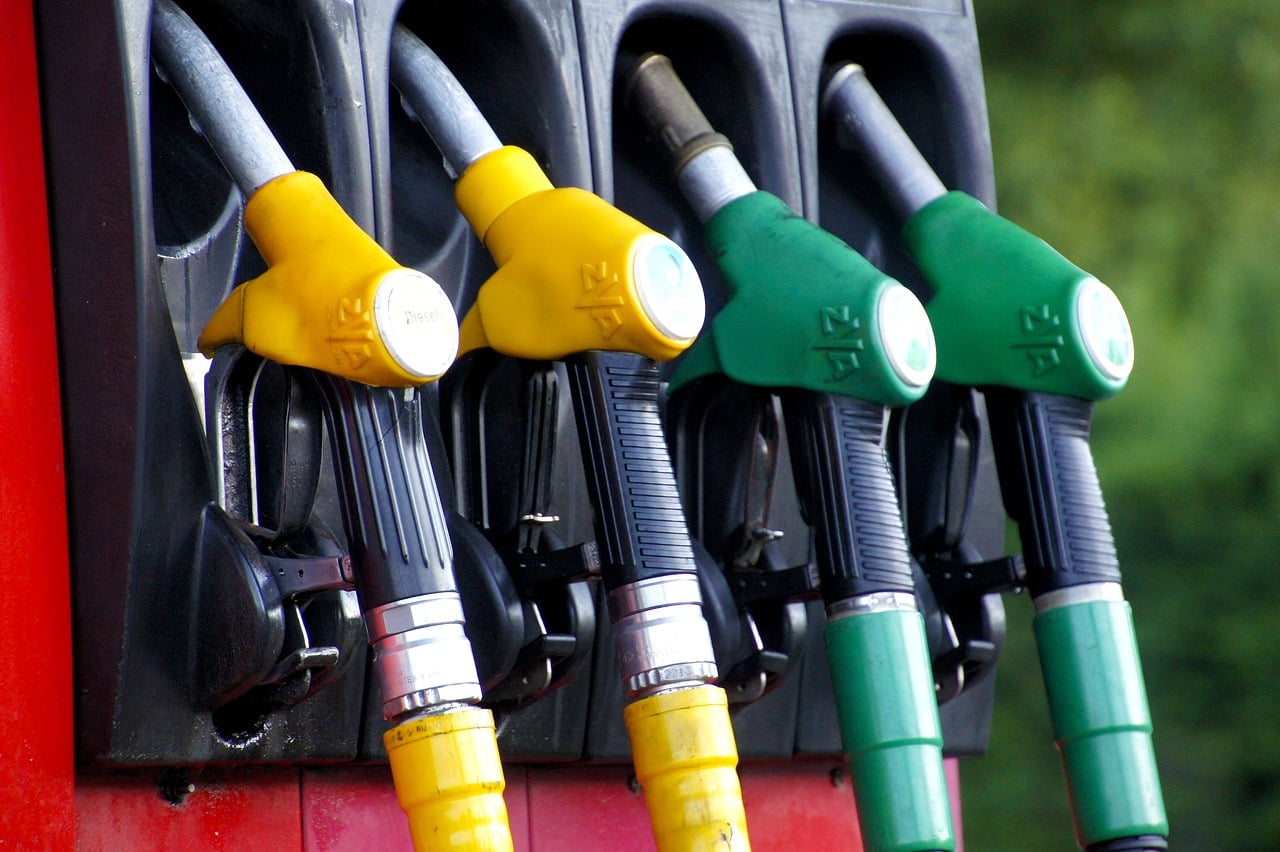What’s the Best Way to Install and Tune Aftermarket Fuel Management Systems for Performance Gains?

With the vast array of aftermarket fuel management systems available today, it can be overwhelming to decipher which one will provide the most benefit for your car. From piggyback systems to standalone engine control units (ECU), every option has its pros and cons. Yet, the true potential of these systems lies not only in their selection but also in their correct installation and accurate tuning.
Understanding Fuel Management Systems
A fuel management system has a crucial role in the operation of your car engine. It regulates the amount of fuel that enters the engine, which directly impacts the power output, fuel economy, and emissions. The stock system that comes with your car is designed for general use and standard performance. So, if you’re looking to enhance your car’s performance, investing in an aftermarket system may be a wise decision.
Dans le meme genre : How to Choose the Best Car Sunshade for Heat Protection?
However, not all aftermarket fuel management systems are equal. Some are designed to work in tandem with your car’s stock ECU, while others replace your stock system entirely. Ultimately, the choice of system will depend on your specific requirements and your car’s compatibility.
Choosing the Right Aftermarket Fuel Management System
When choosing an aftermarket fuel management system, you need to consider your car’s make, model, the type of fuel used, and the modifications you have (or plan to) make. High-flow injectors, cold air intake, or a full exhaust system can all influence which fuel management system is best for your vehicle.
Cela peut vous intéresser : How to Choose the Right Car Stereo for the Best Sound Experience?
For cars with light mods like upgraded air intake or exhaust system, a piggyback system may be ideal. This system works alongside the stock ECU, offering a way to make minor adjustments to fuel and air ratios without altering the factory settings drastically.
For a heavily modified engine or a car running on high-performance fuel, a standalone ECU might be the better choice. These systems take full control of your engine’s tuning, allowing for detailed adjustments that can maximize power and performance.
Installing Your Aftermarket Fuel Management System
Proper installation of your aftermarket fuel management system is crucial to provide the desired performance gains. It’s recommended that you hire a professional to execute this process, especially if you’re dealing with a standalone ECU that requires extensive knowledge of engine management.
The installation process typically involves removing the stock ECU (if you’re installing a standalone system) and connecting the new aftermarket system. If you’re installing a piggyback system, it will be connected alongside your stock ECU.
Tuning Your Aftermarket Fuel Management System
After successful installation, tuning is the next step. This is where you can unleash the full potential of your aftermarket system. Tuning involves adjusting the fuel and air ratios to achieve optimal performance. Depending on the type of system installed, this process can be quite detailed and technical.
Tuning aims to yield a balance between performance, fuel economy, and emissions. It’s a delicate process that requires a deep understanding of engine dynamics. The use of special equipment like a dynamometer for measuring power output and an air/fuel ratio meter for ensuring the correct fuel mixture is essential.
It’s also important to note that your ECU’s programming, throttle response, timing and ignition, as well as your injectors and intake, are all factors that can be adjusted during tuning.
Keeping Up With Maintenance and Adjustments
Just like any other part of your car, your aftermarket fuel management system will require regular maintenance and, occasionally, adjustments. Minor adjustments might be needed as the system settles in, or when you change something else in your car, like adding high-flow injectors or switching to a different type of fuel.
Keep in mind that the performance gains from an aftermarket EFI system are dependent on regular maintenance. This ensures the system continues to perform optimally and gives you the much-desired power and performance boost.
In conclusion, an aftermarket fuel management system can significantly enhance your car’s performance. However, it’s not as simple as just buying and bolting one on. It requires careful selection, correct installation, professional tuning, and regular maintenance. All these steps are crucial in reaping the maximum performance gains from your aftermarket system.
The Role of Key Components in Aftermarket Fuel Management Systems
One of the significant aspects to comprehend about aftermarket fuel management systems is the role of their key components. The fuel injectors, throttle body, and fuel pump are all essential parts of the system that can drastically affect the performance of your engine.
Fuel injectors, for instance, are responsible for supplying the correct amount of fuel into the engine. They work by spraying fuel in a fine mist into the intake manifold, and your car’s performance can be significantly impacted if they are not functioning properly. Upgrading fuel injectors to high-flow ones can help deliver more fuel into the engine, hence increasing power.
The throttle body, another integral component, controls the amount of air entering your engine. An aftermarket throttle body can improve airflow, contributing to a noticeable increase in horsepower.
The fuel pump, on the other hand, plays a crucial role in maintaining the right fuel pressure. An aftermarket fuel pump can provide higher pressure and more consistent fuel supply, especially beneficial for high-performance cars.
Lastly, the EFI System (Electronic Fuel Injection System), which controls the fuel injectors, plays a significant role in increasing fuel economy and emissions. Upgrading the EFI system can help your engine adjust to new performance modifications more efficiently, leading to better performance and fuel economy.
The Importance of the Exhaust System in Performance Tuning
When tuning your car for performance, it’s critical not to overlook the exhaust system. An upgraded performance exhaust system can significantly enhance your car’s power output by reducing exhaust backpressure and increasing exhaust flow.
The exhaust system starts at the engine’s combustion chamber and ends at the exhaust pipe. It is made up of several components, including the exhaust manifold, catalytic converter, and mufflers.
The exhaust manifold collects exhaust gases from each cylinder and combines them into one pipe. A performance manifold can help to reduce the backpressure, allowing the exhaust gases to exit more quickly, which in turn improves engine efficiency.
The catalytic converter, another vital component, helps to reduce emissions by transforming harmful gases into less harmful substances. While it’s legally required in most regions, some high-performance catalytic converters offer improved flow while still reducing emissions.
Lastly, an upgraded muffler can also help to increase power by reducing backpressure. Moreover, performance mufflers can give your car a more aggressive and distinctive exhaust note.
Overall, an improved, high-flow exhaust system can help to maximize the benefits of your fuel management system by enhancing engine efficiency and power output.
Conclusion
In conclusion, performance gains from an aftermarket fuel management system are not only about installing the system. It’s about understanding each component – from fuel injectors and throttle body to EFI system and exhaust parts – and how they work together to boost your car’s performance. Regular maintenance and timely adjustments are also crucial for keeping everything working optimally.
Remember, every modification you make, including upgrading fuel injectors, switching fuels, or altering the air intake, might require tweaks in your fuel management system. However, with proper care and attention to detail, you can unlock your vehicle’s full potential and enjoy a significant performance upgrade.
As originally posted on 07/02/2024, this comprehensive guide aims to equip car enthusiasts with the knowledge needed to make informed decisions when considering aftermarket fuel management systems.
